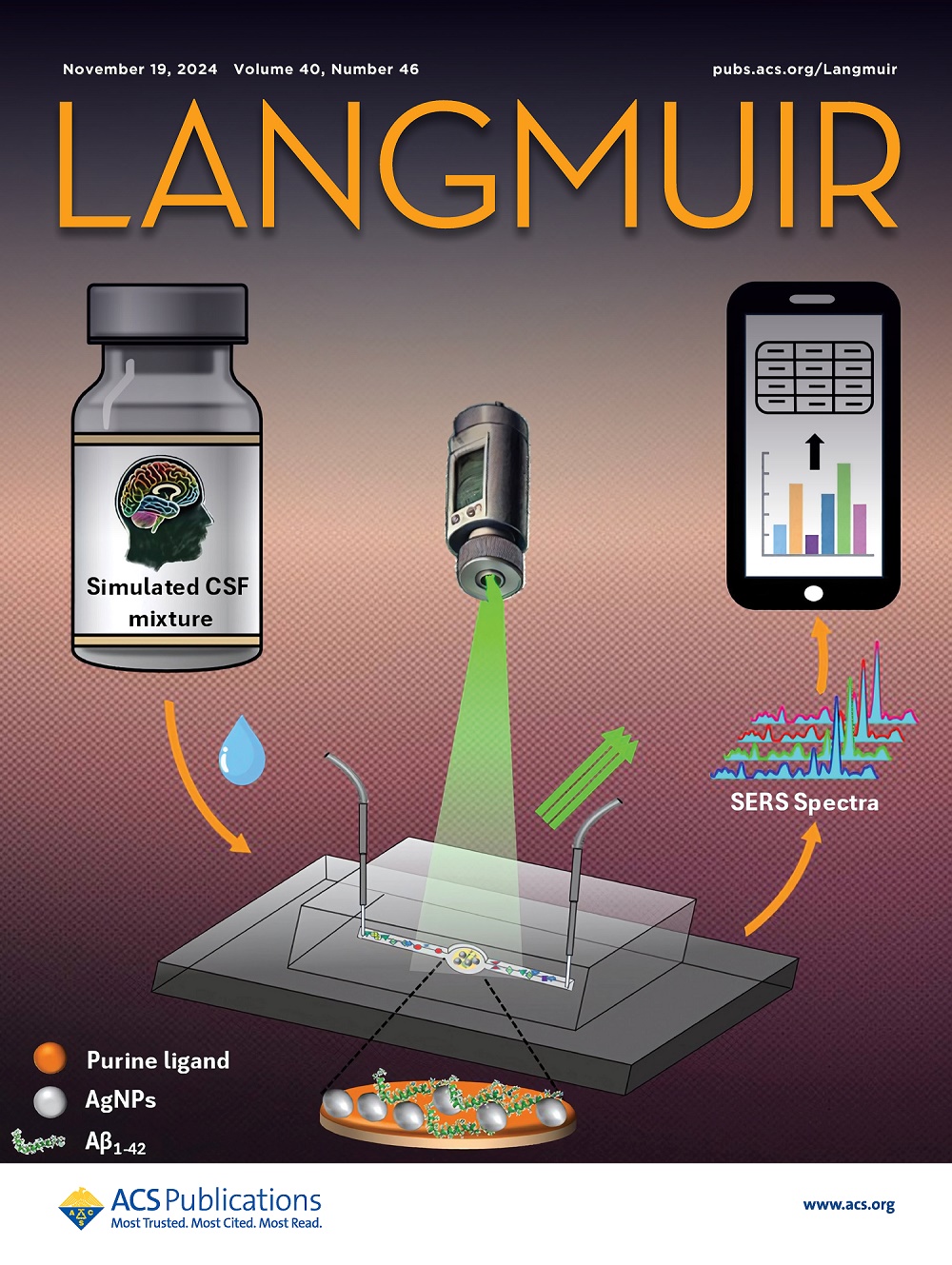磷掺杂对三嗪和三唑基介孔C3N5、C3N6和C3N7光催化制氢性能的影响
IF 3.7
2区 化学
Q2 CHEMISTRY, MULTIDISCIPLINARY
引用次数: 0
摘要
近年来,基于三嗪和三唑的介孔催化剂C3N5、C3N6和C3N7的研究较少。高氮碳原子比的氮化碳(>2)可能具有独特的电子特性。然而,为了合成这些纳米结构,C-N中的氮化碳框架的许多部分必须用热力学不稳定的N-N框架代替。C3N5、C3N6和C3N7是由5-氨基- 1h -四唑(5-AT)在400、300和250℃下合成的热力学稳定的介孔材料。首次以三嗪和三唑为单位,研究了磷掺杂介孔C3N5、C3N6和C3N7的光催化制氢性能。根据我们的研究,我们发现磷(P)通过四个配位取代碳形成P - N/P = N键,在带隙中形成P 2p级的施主位,从而增强光吸收和减少电荷分离。p掺杂的介孔C3N5、C3N6和C3N7样品在光照射下的光催化产氢量高于未掺杂的C3N5、C3N6和C3N7样品。结果表明,10MPC3N5的反应速率为637.7 μmol g-1 h-1,是MC3N5反应速率的6倍。然而,过量的磷掺杂干扰了三唑和三嗪单元,降低了光催化H2反应的效率。本研究有效排列的p掺杂介孔C3N5、C3N6和C3N7是有效的、简单的、有前景的环境修复和能源应用催化剂。本文章由计算机程序翻译,如有差异,请以英文原文为准。

Impact of Phosphorus Doping on Triazine- and Triazole-Based Mesoporous C3N5, C3N6, and C3N7 with Excellent Photocatalytic Hydrogen Production
In recent years, little attention has been paid to triazine- and triazole-based mesoporous C3N5, C3N6, and C3N7, which are potential catalysts. High-N/C atomic ratio carbon nitrides (>2) may possess unique electronic properties. To synthesize these nanostructures, however, many portions of the carbon nitride frameworks in the C–N have to be replaced with N–N frameworks that are thermodynamically less stable. C3N5, C3N6, and C3N7 are thermodynamically stable mesoporous materials synthesized from 5-amino-1H-tetrazole (5-AT) at 400, 300, and 250 °C. The properties of photocatalytic H2 production from phosphorus-doped mesoporous C3N5, C3N6, and C3N7 were investigated for the first time with triazine and triazole units. Based on our study, we found that phosphorus (P) replaced carbon to form P–N/P═N bonds through four coordinations, which form the P 2p-level donor positions in the band gap, thereby enhancing light absorption and reducing charge separation. Photocatalytic H2 production in P-doped mesoporous C3N5, C3N6, and C3N7 samples was higher than that observed in undoped mesoporous C3N5, C3N6, and C3N7 samples under light irradiation. According to the results, the 10MPC3N5 reaction rate is 637.7 μmol g–1 h–1, which is 6 times higher than the MC3N5 reaction rate. The excess phosphorus doping, however, interrupted the triazole and triazine units, reducing the efficiency of the photocatalytic H2 reaction. P-doped mesoporous C3N5, C3N6, and C3N7 effectively arranged in this study can be characterized as effective, simplistic, and promising catalysts for environmental remediation and energy applications.
求助全文
通过发布文献求助,成功后即可免费获取论文全文。
去求助
来源期刊

Langmuir
化学-材料科学:综合
CiteScore
6.50
自引率
10.30%
发文量
1464
审稿时长
2.1 months
期刊介绍:
Langmuir is an interdisciplinary journal publishing articles in the following subject categories:
Colloids: surfactants and self-assembly, dispersions, emulsions, foams
Interfaces: adsorption, reactions, films, forces
Biological Interfaces: biocolloids, biomolecular and biomimetic materials
Materials: nano- and mesostructured materials, polymers, gels, liquid crystals
Electrochemistry: interfacial charge transfer, charge transport, electrocatalysis, electrokinetic phenomena, bioelectrochemistry
Devices and Applications: sensors, fluidics, patterning, catalysis, photonic crystals
However, when high-impact, original work is submitted that does not fit within the above categories, decisions to accept or decline such papers will be based on one criteria: What Would Irving Do?
Langmuir ranks #2 in citations out of 136 journals in the category of Physical Chemistry with 113,157 total citations. The journal received an Impact Factor of 4.384*.
This journal is also indexed in the categories of Materials Science (ranked #1) and Multidisciplinary Chemistry (ranked #5).
 求助内容:
求助内容: 应助结果提醒方式:
应助结果提醒方式:


